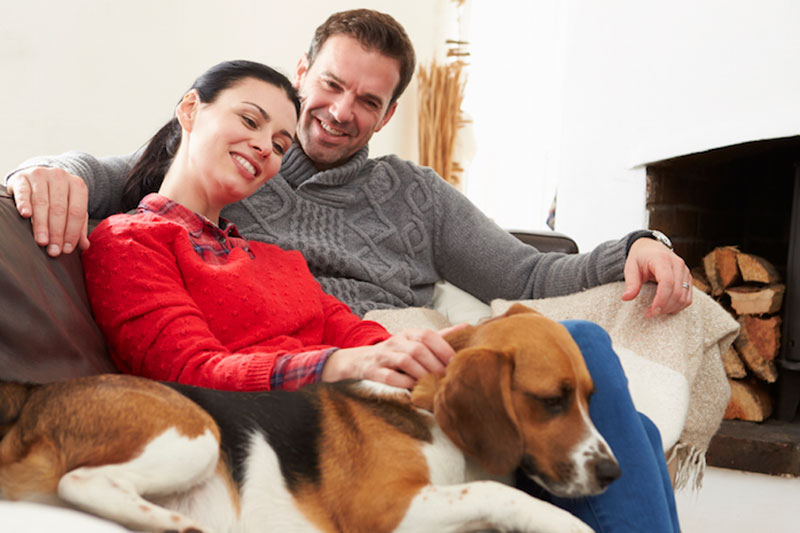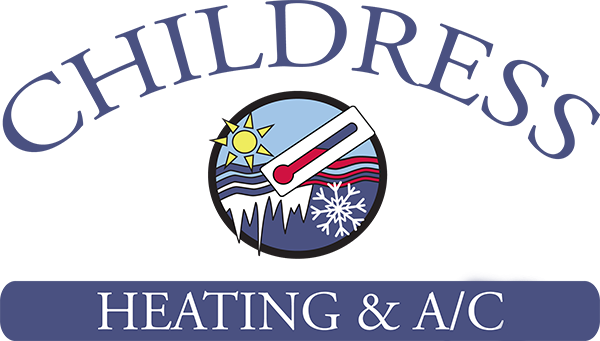
Having cozy heating and cooling in Fredericksburg, Virginia, all year appears to be a good approach. But really, how can you keep your home cozy while managing energy costs?
Having a cozy home in the colder months isn’t as hard as you anticipate. But at times you may require professional assistance if you’re having hot and cold pockets. Or if your system doesn’t heat like it once did.
If you’re experiencing comfort trouble or are looking for furnace repair, the heating and cooling professionals at Childress Heating & AC can help. Contact us at 540-675-4306 to request an appointment today.
In the meantime, here are a few ideas on how to handle your thermostat while it’s colder.
Lower Settings When You Go Out
Decreasing the thermostat 10–15 degrees while you’re out for the day can save 5–15% on your heating costs, according to the Department of Energy. If your house is empty throughout the day, this is a great method to reduce expenses. And when you contemplate what even 5% could do for your utility expenses, that can make a major difference!
Lower Temperatures When You Sleep
You can also lower the temp before you go to bed. It surprisingly benefits more than just your gas expenses! The best temperature for going to sleep is 60-67 degrees, according to the National Sleep Foundation. Your body gets colder naturally to aid in sleeping, so keeping your bedroom chilly could help you go to bed faster.
Use a Smart Thermostat
One thing to think about if you don’t already use it—a smart thermostat. You won’t have to walk over to the thermostat to adjust it. In fact, you can adjust it from almost anywhere with your web-enabled device. A Wi-Fi thermostat also learns your loved ones’ schedule and automatically changes the setting to help you save more on utilities.
Enjoy a More Comfortable House with Help from the Heating and Cooling Pros
Even if you don’t make major changes to your temp, a little adjustment can help lower your utility costs.
While you are getting your thermostat under control, there are a few other things to consider during the cold months.
- Schedule an appointment for annual furnace maintenance. Heating service makes sure your system is working appropriately and might help make your furnace more efficient.
- Inspect your air filter. If you don’t see light through it, it’s time to get a new one.
Both of these steps will help confirm your heater is in peak form to keep your home comfortable.
If you need help putting in a smart thermostat or have furnace concerns, talk to the professionals at Childress Heating & AC to get outstanding advice. You can reach us at 540-675-4306 or request an appointment online.
